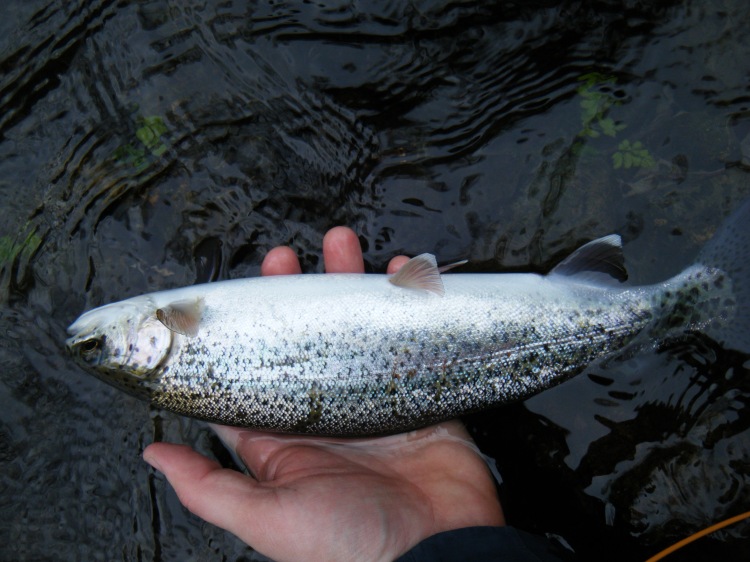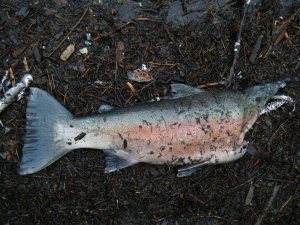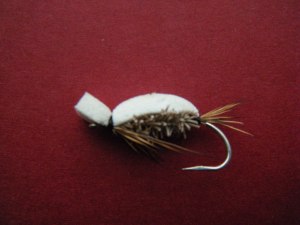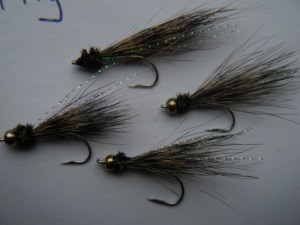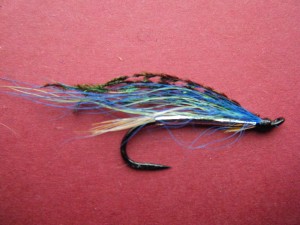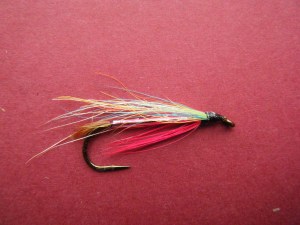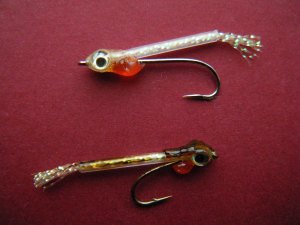Hey, you’re no cutthroat, what are you doing sitting in soft water, eating fry patterns, and generally acting like you aren’t merely some sorta rainbrown bycatch?
Monthly Archives: March 2014
By any other definition
Typically a park is a defined area set aside to preserve the intrinsic natural qualities of an area or place, without significant development or industrial activity. In yet another step in the race to the bottom by the provincial and federal governments, BC’s most glorious supreme (dictatorship) government disagrees, giving provincial parks a different definition. Bill 4, which has recently been brought through with zero public consultation, is a seemingly simple amendment that strips protection away from parks. What other bills and projects is this foreshadowing? One more cut.
https://www.vancouverobserver.com/news/bill-4-passes-opens-bc-parks-industry
http://www.leg.bc.ca/40th2nd/1st_read/gov04-1.htm
Subtle small changes that will allow a lot more than they seem to indicate, especially when you look at just how many other pieces of legislation recently have stripped back environmental protection and laws in this country and province. This type of legislation and associated decision making is seemingly coming along weekly these days, (hey look at what they just did to the agricultural land reserve) If you disagree with it then stop voting for people who believe in selling everything in the entire world for a quick buck.
No roads, no pipelines, no ATV’s, no run of the river, no mines, no dredging, no nothing, wild creatures and the wild places they inhabit only please.
Salmon fry
Right now spring ‘s warming temperatures are triggering an exodus of tiny salmon, steelhead, and trout fry from the gravel beds in the coastal rivers across the west coast. These fry hatch and are thrown into a dynamic and dangerous environment, darting and struggling, every day searching for food amidst great competition, in sometimes heavy currents, and in constant danger of annihilation by hungry predators. This exodus corresponds with the presence in river and at estuary beaches of many hungry pre and post spawn sea run cutthroat, and in river rainbow, brown, bull trout, dolly varden, whatever else (rainbrowns?) and steelhead all of which feed with abandon at times on these vulnerable little creatures. Enter the fly fisher, having a borderline unhealthy obsession with catching trout, and thus an interest in the imitation of these silvery little fry. There are a great many fry patterns out there, and they all work, but we fly fishers just love tying up hundreds of versions of similar patterns for fun, so here’s some ideas.
Note: Colours listed are for a general guide only, up close there is variability between individual fry, there is also variability between individual runs and geographic areas(ain’t nature grand?) with some fish having stronger colour and or parr markings, generally with varying age and emerging at different times. You will also occasionally see two headed fry, albinos, and alevins (which still have the vestigial yolk sac beneath the gills). As always with sea runs, observation of your local rivers and beaches is key.
Colour Guide:
Sockeye-1-1/2″ silvery light olive green, parr markings, hatch January to May, migrate to typically large lake systems to rear rather than to the ocean. Migration routes, areas, and timing seem to be very dependent on the specific system. There are more opportunities to fish sockeye patterns in lakes than rivers in my experience
Pink-1-1/2″ long, appear pale and silvery with little or no parr markings, hatch March to May, typically migrate directly to the ocean
Chum-1-1/2″ olive back and silver, parr markings, hatch March to May, typically migrate directly to ocean
Chinook-1-1/2″ Olive back, silver with light parr markings, hatch April/May, rear in river for 3 months to a year or longer
Coho-1-1/2″ olive with a rusty orange tinge, silver, light parr markings, hatch April/May, rear in river for a year or longer
Steelhead-1-1/2″ Light brown/olive, silver, parr markings rear in river for 1-2+ years
Cutthroat-1-1/2″ light brown/olive, silver parr, markings, rear in river for 1-2+ years, generally found away from other competing salmonids, you are not probably going to see a lot of these.
Catching cutthroat feeding on fry can sometimes be quite difficult, when they key in on a specific type or size sometimes they can become seemingly selective. There are two ways to approach for the deformed fly fisher to approach this. Firstly if there are a whole lot of fry around, sometimes it’s hard for you to get your fly noticed, so in this situation trying a much larger fry pattern in the same colour or going off the board and throwing something quite different (like a fluorescent yellow or white fry pattern) can make your fly stand out. The other approach is to wildly vary your retrieve, making it more erratic but slower, and/or change up to either a deeper(or lighter) sinking line/ heavier or lighter fly. sometimes just getting the fly closer to the fish can induce strikes. The reason this works as far as I can tell is that trout are looking for weak, and enfeebled fry which are easy to pick off. Fry don’t swim that fast, especially not for long distances. If a trout is sitting in 6 ft of water with an abundant food source around, it’s probably not going to chase a fry swimming quickly downstream two inches below the surface. Whatever your approach it is good to have a variety of patterns with different profiles, sizes, and colours for those days when you can find fish but can’t buy a strike.
Fry movement: Newly emerged fry have no scales, a mucous layer and tend to move fairly erratically only with their tails. Even when larger, fry tend to move in erratic darting movements. Observe fry in river when possible and then observe your fly stripped through the shallows. Is your fly spinning, sinking like a rock head down, doing something like the real thing? Try this with different flies (epoxy flies and muddlers do not swim the same) to get a feel for what movements you are looking for. Stripping patterns for sea runs is a skill, not a blind and repetitive process, change up your retrieve!
When cutthroat are chasing and slashing through schools of fry on the surface, surface fry patterns are a hell of a lot of fun to fish. One can just add floatant to any pattern (skinny rolled muddler without a beadhead for example) if it is not too heavy. Listed below are some patterns that sea run cutthroat anglers have developed for this or similar purposes.
Miyawaki popper (Leland Miyawaki) Works well for this purpose tied small and sparse, good searching pattern.
Gurgler: Smaller versions tied with a silver, olive, tan or white body, olive tail, and a bit of red around the throat work very well for me.
Cutthroat candy(Steve Raymond) Oldy but goody, general dry pattern, can be adapted for the purpose.
Pregnant Guppy(Preston Singletary) Upside down gurgler, very erratic pattern, fun.
S.S Candlefish(Roger Stephens) Tied with sequin on the front to make it wobble, good searching pattern.
Suggested fry patterns: There are a million, make up your own, or tie up some of these great patterns
Chum baby(Bob Triggs) The best salt water chum fry pattern, try it in fresh water too.
Tied down minnow: The general fry imitator, generally just silver body wrap, tied down mallard flank back in colour of specified fry species, a red throat and painted eyes. It can be coated in epoxy to make an epoxy fry, and also can be tied to imitate any stage or size of fry.
Skagit minnow(Ken Mcloud) Good imitator of chum/pink fry.
Mcleod’s stickleback Although a stickle back pattern, works very well as a fry pattern in the right colour.
Keta Rose (Doug Rose) Excellent pink salmon fry imitation.
Silver Brown(Roderick Haig Brown) Very good coho/cutthroat fall low water fry pattern.
Humpback fry(Haig Brown) Pink fry pattern.
General salmon fry(Haig Brown)Designed to imitate any species generally, and it works.
Silver lady(Haig Brown) A pattern tied in the classic style that is also a good fry pattern
Thorne river emerger(Les Johnson/Dan Lemaich) Simple and deadly.
Beadhead or regular rolled muddler(Tom Murray) Another very good general imitator, tied sparse in olive or natural, silver body, gold or silver beadhead
Suggested alevin patterns:
Shrink tube alevin(Paul Jacobsen) A different looking pattern, that is a bit complex to make but works quite well. I us small diameter tubing for tube flies instead of shrink tube.
Egg n I(Tommy Brayshaw) Old and simple alevin pattern, the fish don’t know it’s old.
Tied down minnow: Tied skinny and sparse with a glue gun or wool/yarn/dubbing throat to simulate the egg sack, makes a good alevin pattern.
Lohr’s mid stage alevin(Harold Lohr) a good realistic epoxy alevin pattern.
Spawned out, hungry and recovering sea run cutthroat trout and steelhead are around in rivers in the springtime when fry are about and it should be noted that catching these fish often gives them a very poor chance at survival. Repeat female spawners display increased fecundity, which helps lead to increased recruitment. Land fish quickly, don’t target schools of fish that are obviously post spawn. Please try to limit your impact on these fish.
Good book resources for recipes for these patterns are Fly fishing coastal cutthroat trout by Les Johnson, Flies of the Northwest by the inland empire fly fishing club, Contemporary fly patterns of British Columbia by Art Lingren, Fly Fishing for Sea Run Cutthroat by Chester Allen, amongst others. Many fishing magazines will have articles on fry patterns, your local fly shop should always have some in stock, fly fishing forums like flybc, flyfishbc, washington fly fishing forum have many discussions to read, and lastly feeble blogs like mine own exist across the interwebs for you to preruse.
Good luck out there
Sleazy minister shot down in flames
Ok that’s a touch hyperbolic, however there’s this thing called due process, and sometimes, just sometimes when your actions are so blatantly corrupt, ignorant, and tactless it comes back around and bites you in the ass. There are lots of good people who work in the DFO who have been restricted from doing their job properly, and here is a perfect illustration of the current federal government’s version of science and politics. While this is quite a small victory, we should be thankful for these little victories and the precedent that they set.
http://thetyee.ca/Blogs/TheHook/2014/02/14/DFOHerring/
Esteemed minister I award you semi-frozen gullshit splattered mouldy chum
